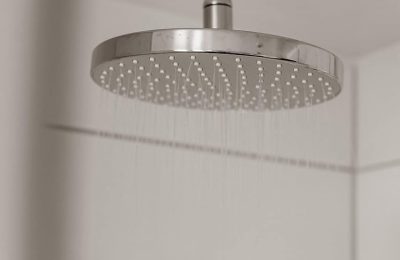February is here, and marks the big day for everyone where they express their affection for the one they love the most. That’s right, February 20th marks National Love Your Pet Day. Almost half of adults in Scotland are pet owners, and many look to their pets for comfort and companionship. For those living in rented properties however, having a pet does come with a few extra considerations.
Are pets allowed in rented properties?
If a tenant wishes to move into a new property, and they already have a pet, they should first check that their potential new landlord is agreeable to pets in the property, as different landlords will have different stances when it comes to allowing pets inside the property. Similarly, if the tenant is already renting but wishes to bring a pet into the home, they should first consult their landlord. Research commissioned by the SafeDeposits Scotland Charitable Trust found that for 15% of tenants, finding a property where pets were allowed was one of the biggest challenges they faced in their search for a rented home.
Preventing pet-related claims
Should the landlord find that the tenant is in breach of their tenancy agreement, they may wish to make a claim for part of the deposit at the end of the tenancy. This can include damages to the property, or where the property is found to be in a less clean state than indicated on the check-in report. This tends to be one of the biggest challenges that landlords have with allowing pets, due to the increased likelihood of damage to the property.
Cats or dogs soiling carpets or furniture, or leaving muddy footprints after having been outside, could lead to stains that might be difficult or impossible to remove. It is important to remember that a claim for a full replacement due to carpet stains is unlikely to be upheld due to betterment where it is only a small part of the carpet, and instead a proportionate amount to the stained area would be more realistic. Damage to furniture caused by rabbits and hamsters looking for things to gnaw on, or cats using the couch as their scratching post, could also see the landlord making a claim. Additionally, if the property has a garden, should the tenant let the dog out in the back, they should ensure that there is no damage to the state of the garden, such as plants that were present at the start of the tenancy.
Due to the extra considerations that have to be made with allowing a pet, some landlords may wish to take a higher deposit amount as compensation should any pet-related issues arise. Some landlords may refer to this as a “pet deposit”, however this is still part of the tenancy deposit and not a separate payment. The landlord still cannot ask the tenant for any higher than two months’ rent for their deposit.
Smells that have been left behind that are likely to have been from pets could see the landlord making a claim for cleaning. Whilst this is difficult to provide evidence for, the landlord should ensure that the smell both at the start and end of the tenancy is indicated in the check-in and check-out report respectively, for example “no smells present”.
Benefits of pets in the property
It has been proven that pets can improve the mental health of their owner, as well as helping to address the problem of loneliness. For many people their pet is a companion that they could not bear to think about living without, and having to make the decision between their pet or a roof over their head, could make that heartbreaking thought a reality. For tenants who do have permission to keep a pet, they are more likely to feel more comfortable in their rented home and likely to stay for longer.
There is currently no requirement for landlords to consider allowing pets in the property. With the proposed Housing (Scotland) Bill however this could change. The Bill proposes that renters will be able to request permission to keep a pet, and landlords will not be able to unreasonably refuse this. If the tenant feels that the landlord does not have a good reason for their refusal, this could be challenged in court.
The idea of a Pet CV has also been suggested. This would include all relevant information regarding the pet, which the tenant could provide the landlord with prior to moving in. The aim of these Pet CVs is to give the landlord a better understanding of the pet and perhaps help them feel more at ease with allowing them in the property. If the tenant has previously rented a property with a pet, they could request a reference from their former landlord. This may reassure the new landlord by demonstrating responsible pet ownership in a rental home.
Introducing the pet to the landlord is also a good idea, as it lets the landlord spend a little time with the pet and understand them better. Perhaps your pet and landlord may even strike up a new friendship – just in time for National Love Your Pet Day!











